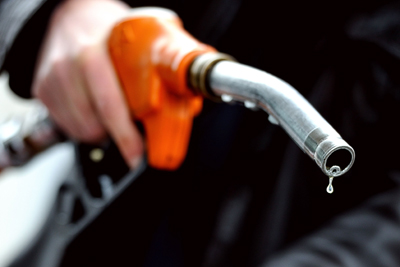Friday, 13 March 2015 02:01
 OSLO: A fall in oil prices may help long-term exploitation of fossil fuels in the Arctic by averting a short-lived “gold rush” into the vulnerable icy region, Norway’s Foreign Minister Boerge Brende said on Thursday.
OSLO: A fall in oil prices may help long-term exploitation of fossil fuels in the Arctic by averting a short-lived “gold rush” into the vulnerable icy region, Norway’s Foreign Minister Boerge Brende said on Thursday.
Exploitation of oil and gas required long planning to safeguard the fragile environment, which is heating up faster than the world average because of global warming, he said.
“It is safe to assume that Arctic gas will have its day,” he said in a speech at an Arctic conference, saying that burning natural gas emitted half the amount of heat-trapping carbon dioxide as coal.
Brende said some projections for an opening of the Arctic to shipping, oil and gas exploration and mining, had been too optimistic amid a thaw that has cut the extent of winter sea ice on the Arctic Ocean close to a record low this month.
“We should be very happy that there was not a ‘gold rush’,” he told reporters in Oslo. “A ‘gold rush is not positive, it’s throwing oneself at resources at breakneck speed.”
“The Arctic is a very vulnerable area where we have to go step by step” with strong environmental rules, he said.
Still, he said that fossil fuels would continue to dominate the world’s energy mix and would be needed from more Arctic areas.
Statoil’s Snoehvit gas field, in the Barents Sea, is so far Norway’s only Arctic offshore field. Eni’s Goaliat field is due to start producting oil in mid-2015.
Brent oil futures traded at $ 58 a barrel on Thursday, slightly more than half its average of around $ 110 from 2011-13. The fall has discouraged investments in the high-cost Arctic.
Brende also said Oslo was keeping up cooperation with neighbouring Russia in the Arctic, on issues including fisheries, search and rescue and nuclear safety, despite tensions after Moscow annexed Ukraine’s Crimea region last year.
“On Arctic issues it is important that we also collaborate, he said at the conference, organised by The Economist magazine.
Separately, Norway’s biggest bank, DNB, said its exposure in the Arctic rose by 10 percent from 2012-14 to 60 billion Norwegian crowns ($ 7.4 billion), with lending including for real estate, seafood and hydropower.
That rise was faster than the bank’s overall growth, but below some past projections of Arctic investment opportunities, said Harald Serck-Hanssen, group executive vice-president.
Copyright Reuters, 2015



























